Description
A Turbine Flow Meter is a type of flow meter that measures the flow rate of a fluid by measuring the rotational speed of a turbine placed in the fluid stream. It operates based on the principle that the flow of fluid causes the turbine to rotate, and the rotational speed of the turbine is proportional to the flow rate of the fluid.
A Turbine Flow Meter consists of a turbine with multiple blades mounted on a shaft, which is placed in the fluid stream. The blades of the turbine are angled to cause the turbine to rotate as the fluid flows past it. The rotational speed of the turbine is detected by sensors, and the flow rate of the fluid is calculated based on the rotational speed and the geometry of the turbine.
The advantages of turbine flow meters include their high accuracy, their ability to measure flow rates in both liquids and gases, their wide range of flow rates, and their relatively low cost. They are commonly used in applications such as water and wastewater treatment, HVAC systems, and industrial process control.
However, turbine flow meters may not be suitable for applications where the fluid contains solid particles or where the fluid has a high viscosity. Additionally, they may require periodic calibration to maintain their accuracy, and their accuracy may be affected by changes in fluid density and viscosity.
It is widely applied to measuring the liquid of which kinematic viscosity is under 5*10-6m2 / s and has no impurity of fiber, grain, etc., and no corrosive interaction with the stainless steel 1Cr18Ni9Ti, 2Cr13, and A12O3, and hard alloy in seal pipes. The liquid of kinematics above 5*10-6m2/s can be measured after real liquid calibration of the flowmeter.
It can be used in value control, siren when excess if coordination with a special display instrument. So it is the ideal instrument for measuring flow value and saving energy.
Turbine Flow Meters measure the velocity of liquids, gases, and vapors in pipes, such as hydrocarbons in fuel flow measurement, chemical flow metering, water flow metering, cryogenic liquid flow metering, air or gas flow metering, and general industrial flow metering
How Turbine Flowmeters Work
Turbine flowmeters use the mechanical energy of the fluid to rotate a “pinwheel” (rotor) in the flow stream. Blades on the rotor are angled to transform energy from the flow stream into rotational energy. The rotor shaft spins on the bearings. When the fluid moves faster, the rotor spins proportionally faster. Turbine flowmeters now constitute 7% of the world market.
Shaft rotation can be sensed mechanically or by detecting the movement of the blades. Blade movement is often detected magnetically, with each blade or embedded piece of metal generating a pulse. Turbine flowmeter sensors are typically located external to the flowing stream to avoid material construction constraints that would result if wetted sensors were used. When the fluid moves faster, more pulses are generated. The transmitter processes the pulse signal to determine the flow of the fluid. Transmitters and sensing systems are available to sense flow in both the forward and reverse flow directions.
Plus and Minus Turbine Flow Meters
The cost is moderate. Very good at clean, low-viscosity fluids of moderate velocity and a steady rate. Turndown is very good as it can read very low compared to the maximum flow. They are reliable if put in a clean fluid especially if it has some lubricity. AGA and API approved for custody transfers. They do cause some pressure drop where that may be a factor such as gravity flows. Not reliable for steam. Bearings wear out.
How to Use Turbine Flow Meters
Turbine flowmeters measure the velocity of liquids, gases, and vapors in pipes, such as hydrocarbons, chemicals, water, cryogenic liquids, air, and industrial gases. High-accuracy turbine flowmeters are available for custody transfer of hydrocarbons and natural gas. These flowmeters often incorporate the functionality of a flow computer to correct for pressure, temperature, and fluid properties in order to achieve the desired accuracy for the application.
Be careful using turbine flowmeters on fluids that are non-lubricating because the flowmeter can become inaccurate and fail if its bearings prematurely wear. Some turbine flowmeters have grease fittings for use with non-lubricating fluids. In addition, turbine flowmeters that are designed for a specific purpose, such as for natural gas service, can often operate over a limited range of temperatures (such as up to 60ºC) whereby operation at higher temperatures can damage the flowmeter.
This flowmeter can be applied to sanitary, relatively clean, and corrosive liquids in sizes up to approximately 24 inches. Smaller turbine flowmeters can be installed directly in the piping, but the size and weight of larger turbine flowmeters may require the installation of substantial concrete foundations and supports. The flow of corrosive liquids can be measured with proper attention to the materials of construction of all wetted parts, such as the body, rotor, bearings, and fittings.
Applications for turbine flowmeters are found in the water, petroleum, and chemical industries. Water applications include distribution systems within and between water districts. Petroleum applications include the custody transfer of hydrocarbons.
Industries Where Turbine Flow Meters are Used
SRS’s flow meters are located in oil and gas, water and wastewater, gas utility, chemical, power, food and beverage, aerospace, pharmaceutical, metals and mining, and pulp and paper industries.
Application Cautions for Turbine Flow Meters
Turbine flowmeters are less accurate at low flow rates due to rotor/bearing drag that slows the rotor. Make sure to operate these flowmeters above approximately 5 percent of maximum flow. Turbine flowmeters should not be operated at high velocity because premature bearing wear and/or damage can occur. Be careful when measuring fluids that are non-lubricating because bearing wear can cause the flowmeter to become inaccurate and fail.
In some applications, bearing replacement may need to be performed routinely and increase maintenance costs. Application in dirty fluids should generally be avoided so as to reduce the possibility of flowmeter wear and bearing damage. In summary, turbine flowmeters have moving parts that are subject to degradation with time and use.
Avoid changing from gas flow to liquid flow should be avoided because it can mechanically stress the flowmeter, degrade accuracy, and/or damage the flowmeter. These conditions generally occur when filling the pipe and under slug flow conditions. Two-phase flow conditions can also cause turbine flowmeters to measure inaccurately.
If this type of meter does not meet your requirement, we have other meter types: Ultrasonic, Coriolis, Vortex, and Electromagnetic.

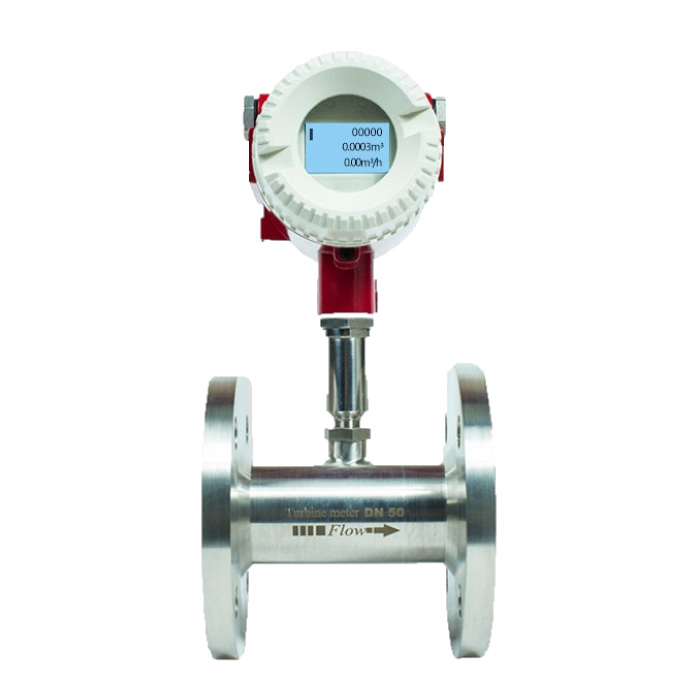
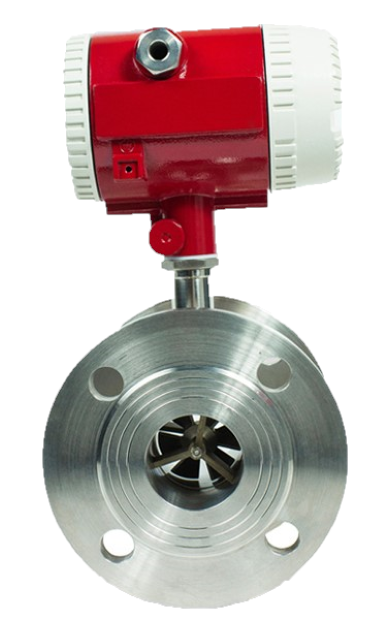
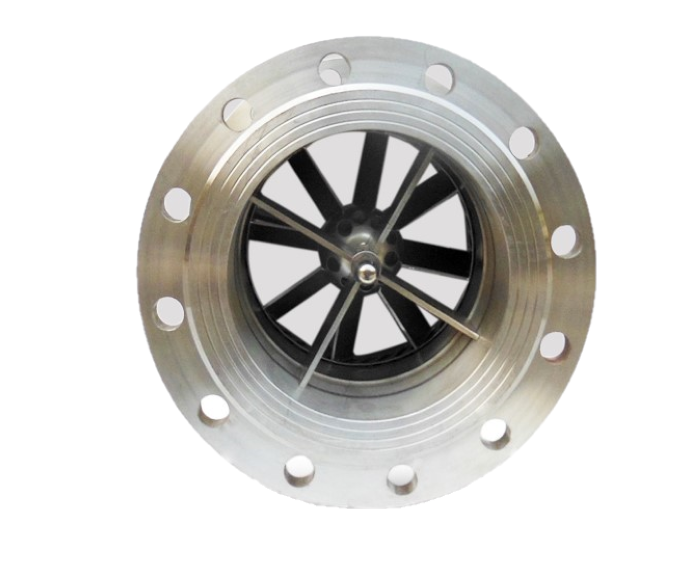
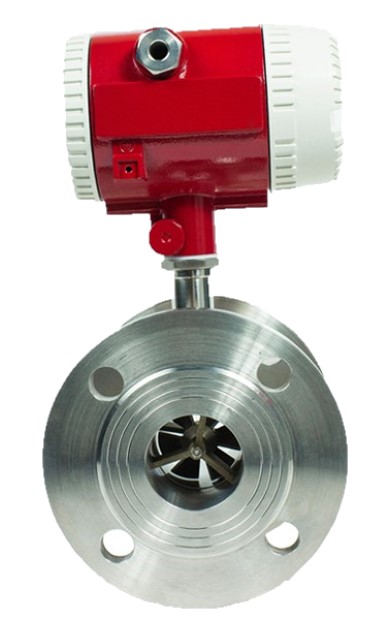
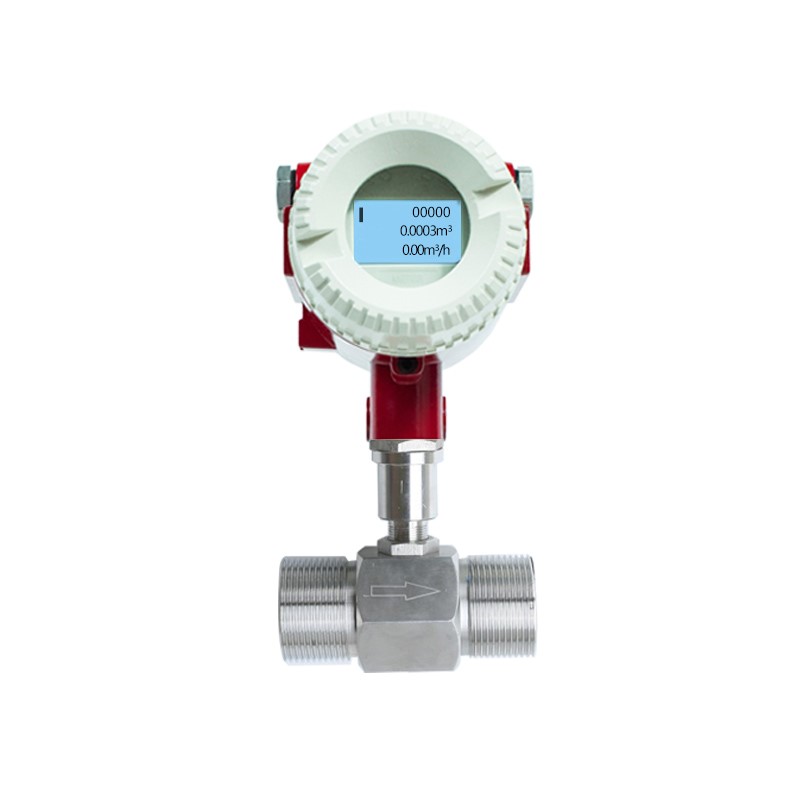
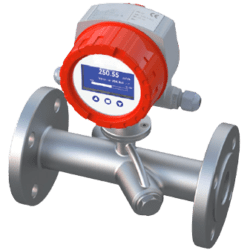
Reviews
There are no reviews yet.